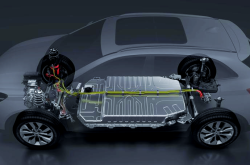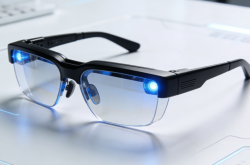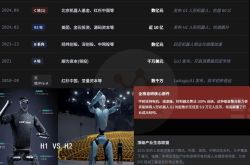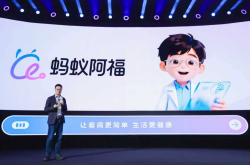Chip Dominator Launches Surprise Attack on Autonomous Driving: NVIDIA Incubates Robotaxi Project, End-to-End Neural Network Targets Tesla's Weak Spot!
![]() 09/19 2025
09/19 2025
![]() 435
435
Introduction
According to 36Kr Automotive, NVIDIA is secretly incubating a Robotaxi project internally, a decision announced at a recent company-wide meeting, to be led by long-serving Senior Director Ruchi Bhargava.
What's even more shocking is that NVIDIA will adopt a brand-new 'one-shot' technical approach, using just a single 'end-to-end' neural network, reinforced trained through a world model generated by simulation technology—directly rivaling Tesla's FSD technical approach.
Sources reveal that NVIDIA's true intention behind launching Robotaxi is not merely business expansion but to introduce a 'Robotaxi technology sample.' This means NVIDIA aims not only to sell shovels (chips and computing platforms) but also to personally mine for gold (operate autonomous driving services).
NVIDIA's move undoubtedly throws a bombshell into the autonomous driving field. As the absolute leader in global AI chips, NVIDIA's DRIVE platform has empowered numerous automakers, including mainstream manufacturers like BYD, GAC, IM Motors, Li Auto, Volvo, Xiaomi, and Zeekr. Now, this 'enabler' suddenly becoming a 'competitor' could reshuffle the entire industry landscape.
Let's discuss this with 'Autonomous Vehicles Are Here' (WeChat Official Account: Autonomous Vehicles Are Here)!
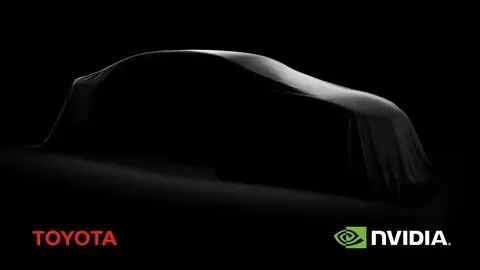
I. Technical Approach: The Ultimate Evolution of End-to-End Neural Networks
NVIDIA's chosen 'one-shot' technical approach represents the latest direction in autonomous driving technology development.
1. End-to-End Architecture
Unlike traditional modular solutions, end-to-end neural networks directly input sensor data and output control commands, omitting intermediate steps like feature extraction, object recognition, and path planning.
This architecture more closely resembles human driving decision-making.
2. World Model
A virtual world model is constructed through simulation technology, within which the neural network undergoes reinforced training.
NVIDIA possesses globally leading simulation technology, with its DRIVE Sim platform capable of generating highly realistic virtual environments, significantly accelerating the training process.
3. Reinforcement Learning
Reinforcement learning algorithms enable AI to autonomously learn driving skills through trial and error in virtual environments.
This method does not require large amounts of labeled data and can discover driving strategies that human experts might overlook.
4. Efficiency Advantages
The end-to-end architecture significantly simplifies system complexity. Traditional autonomous driving systems require over 300,000 lines of code, whereas an end-to-end system may only need a single trained neural network model.
Although advanced, this technical approach faces challenges.
The decision-making process of end-to-end systems resembles a black box, making it difficult to explain and verify.
NVIDIA needs to prove that this solution's safety meets commercialization requirements.
II. Ecological Layout: Strategic Shift from Enabler to Competitor
NVIDIA's foray into Robotaxi signifies a profound change in its business model.
1. Chip Supplier
NVIDIA's DRIVE Orin chip has become an industry standard, with the new-generation Thor chip boasting up to 2000TOPS of computing power, making it the preferred platform for L4 autonomous driving.
In 2024, NVIDIA's autonomous driving chip shipments exceeded 1 million units, capturing over 50% of the market share.
2. Platform Provider
The DRIVE platform offers automakers complete hardware and software solutions, including chips, algorithms, and development tools.
Mainstream automakers like BYD, Li Auto, and XPeng are all clients.
3. Service Operator
Directly operating Robotaxi services, forming a competitive relationship with clients.
This shift may raise concerns among automakers and even lead some clients to switch to other suppliers.
4. Technology Demonstration
By operating Robotaxi services, NVIDIA showcases the optimal performance of the DRIVE platform, in turn promoting chip and platform sales.
This 'eating your own dog food' strategy is common among tech companies.
NVIDIA must carefully balance conflicts between different roles, continuing to serve automaker clients while avoiding direct competition with them.
III. Partners: Deep Integration with Global Automakers
Despite NVIDIA's direct involvement in Robotaxi, its partnerships with major automakers remain strong.
1. Chinese Camp
Mainstream automakers like BYD, GAC, IM Motors, Li Auto, Xiaomi, and Zeekr all adopt the DRIVE platform.
Particularly BYD, as the global leader in new energy vehicle sales, fully equips its high-end models with NVIDIA chips.
2. International Brands
Traditional automakers like Volvo, Toyota, and General Motors also deeply collaborate with NVIDIA.
General Motors reached a partnership with NVIDIA in March 2025 to apply NVIDIA's AI technology to autonomous vehicles.
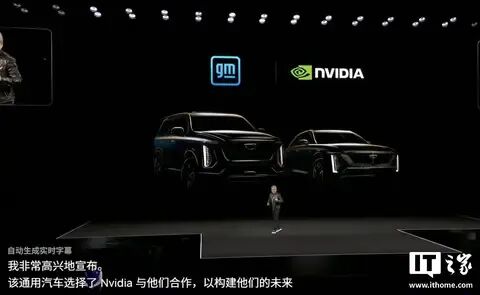
3. Trucking Sector
Autonomous trucking companies like Aurora, Gatik, PlusAI, and Waabi develop systems based on the DRIVE platform.
The higher reliability requirements for trucking autonomous driving demonstrate NVIDIA's technological maturity.
4. Ecological Advantages
NVIDIA has established a complete developer ecosystem, including over 1,000 partners and 200,000 developers.
This ecological advantage is unmatched by other competitors.
IV. Final Showdown with Tesla: Direct Clash of Two Approaches
NVIDIA's entry into Robotaxi will lead to direct competition with Tesla.
1. Technical Approach
Both adopt end-to-end architectures but differ in implementation paths.
Tesla relies on real-world data collected from 10 million mass production (mass-produced) vehicles, while NVIDIA depends on virtual data generated by simulation technology.
2. Computing Power Advantages
NVIDIA's Thor chip boasts up to 2000TOPS of computing power, eight times that of Tesla's FSD chip.
However, computing power does not equal performance; algorithm efficiency is equally important.
3. Data Accumulation
Tesla possesses 10 billion miles of real-world driving data, an advantage NVIDIA finds difficult to match.
Yet, NVIDIA's simulation technology can generate unlimited training data.
4. Cost Structure
Tesla distributes R&D costs through mass-produced vehicles, while NVIDIA needs to build a Robotaxi fleet separately.
Initially, NVIDIA faces greater cost pressures.
5. Business Models
Tesla generates revenue by selling vehicles equipped with FSD software, while NVIDIA may earn income through operating services. Both models have their pros and cons.
This competition is not just about technology but also about ecosystems and business models.
Ultimately, a coexistence of both may emerge, serving different markets and user groups.
V. Market Impact: Reshuffling the Autonomous Driving Industry
NVIDIA's entry will profoundly affect the competitive landscape of the autonomous driving industry.
1. Technology Demonstration Effect
By operating Robotaxi services, NVIDIA showcases the DRIVE platform's ultimate performance, providing a reference model for automaker clients.
2. Industry Standard Competition
NVIDIA may establish its technical solution as an industry standard, further consolidating its leadership in autonomous driving.
3. Supply Chain Reshaping
NVIDIA may receive priority access to the latest chips, while other competitors may face chip shortage risks.
This could deal a blow to other competitors.
4. Intensified Talent Competition
NVIDIA requires a large number of autonomous driving talents, potentially poaching from other companies and driving up industry talent costs.
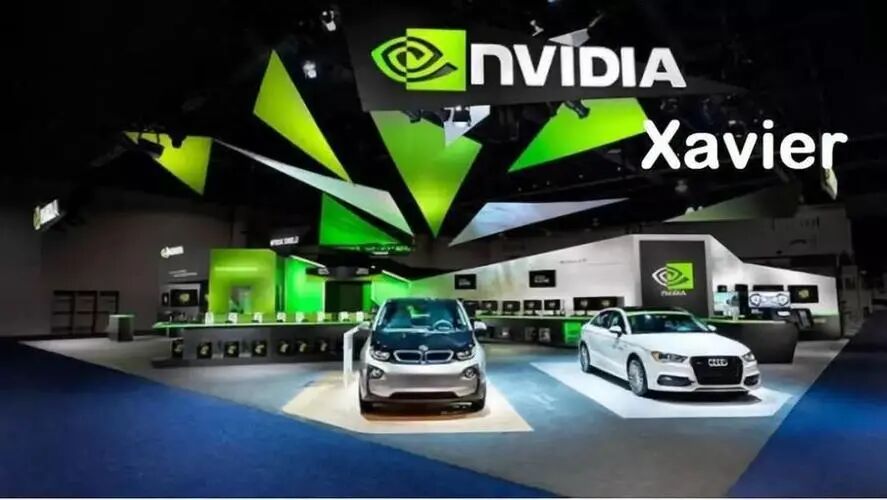
5. Shift in Investment Trends
As a new disruptor in autonomous taxis, NVIDIA's 'catfish effect' will emerge:
Capital markets may reevaluate the autonomous driving industry, with technology solution providers potentially being revalued and operational service providers facing greater competitive pressures.
VI. Challenges and Risks: The Road Ahead Remains Bumpy
Despite NVIDIA's strength, its foray into Robotaxi still faces numerous challenges.
The end-to-end architecture, although advanced, has not yet undergone large-scale commercial validation. It needs to prove its reliability in complex urban environments.
Regulatory requirements for autonomous driving vary across countries, and NVIDIA must adapt to different market regulatory environments.
Operating Robotaxi services entails safety responsibilities, and accidents could severely damage the brand image.
Robotaxi requires substantial upfront investment, potentially impacting NVIDIA's financial situation. Initial investments are expected to exceed $1 billion.
Moreover, NVIDIA's direct involvement in the autonomous driving track (sector) may create competitive relationships with automaker clients, necessitating careful handling of partner relationships.
VII. Future Outlook: A New Era of Autonomous Driving
NVIDIA's entry into Robotaxi marks a new stage in the autonomous driving industry.
1. Technological Convergence
Areas like chip design, AI algorithms, and simulation technology will accelerate convergence, driving rapid progress in autonomous driving technology.
2. Market Differentiation
A stratified market may emerge, with high-end markets dominated by technology leaders and mid-to-low-end markets focusing more on cost-effectiveness.
3. Global Competition
Competition in autonomous driving between China and the U.S. is already fierce, and NVIDIA's sudden disruption as a chip leader will undoubtedly escalate this competition.
Global competition in autonomous driving, represented by China and the U.S., will unfold comprehensively in terms of technology, standards, and markets.
4. Social Impact
Autonomous driving will profoundly transform transportation, urban planning, employment structures, and more, bringing widespread social impacts.
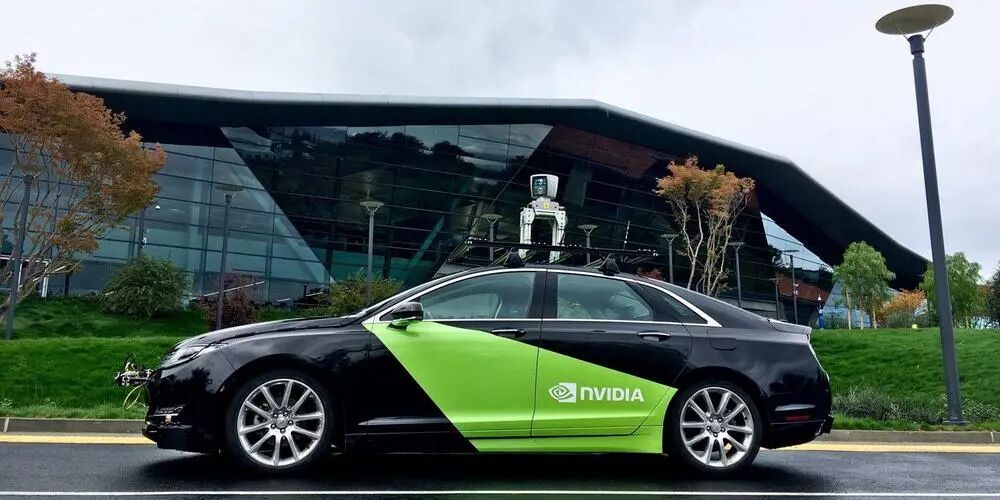
NVIDIA's move reflects both confidence in its technology and a grasp of future trends. Regardless of the outcome, it will drive the entire industry forward.
For consumers, this means experiencing true autonomous driving services earlier;
For the industry, it means fiercer competition and faster technological progress.
In conclusion, 'Autonomous Vehicles Are Here' (WeChat Official Account: Autonomous Vehicles Are Here) believes:
The era of autonomous driving is accelerating, and NVIDIA is becoming a significant driver of this era.
From a chip supplier to a service operator, NVIDIA's transformation journey is filled with challenges but also holds immense opportunities.
Over the next decade, competition in the autonomous driving field will become even more exciting, and NVIDIA will undoubtedly be one of the main protagonists in this competition.
What do you think, dear?
#AutonomousVehiclesAreHere #AutonomousDriving #SelfDriving #AutonomousVehicles #NVIDIA

